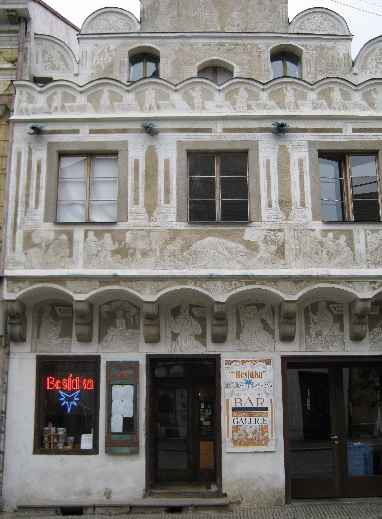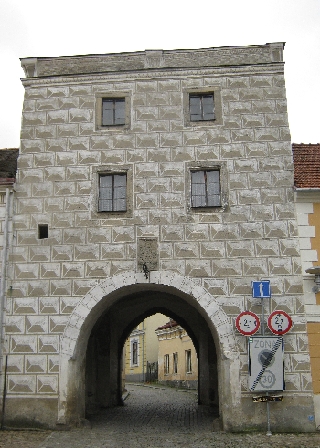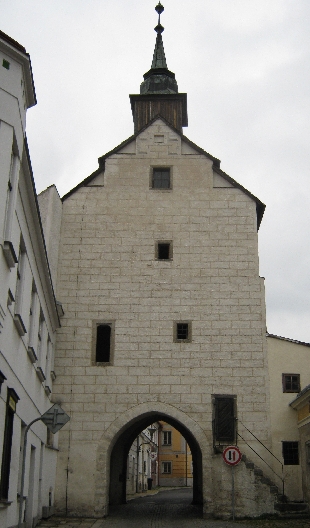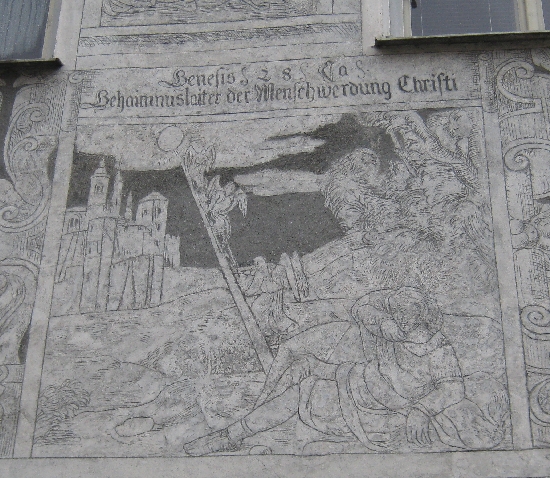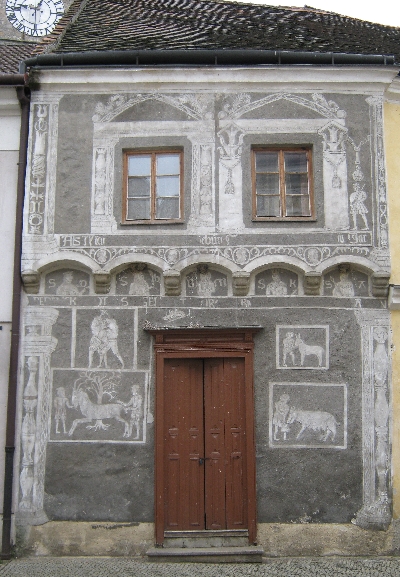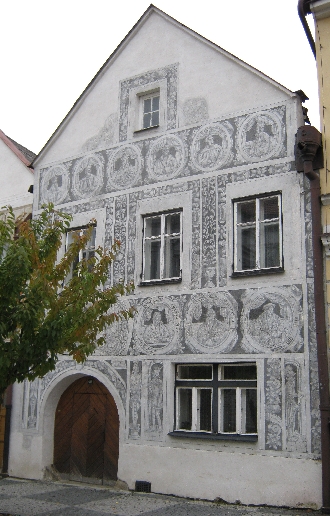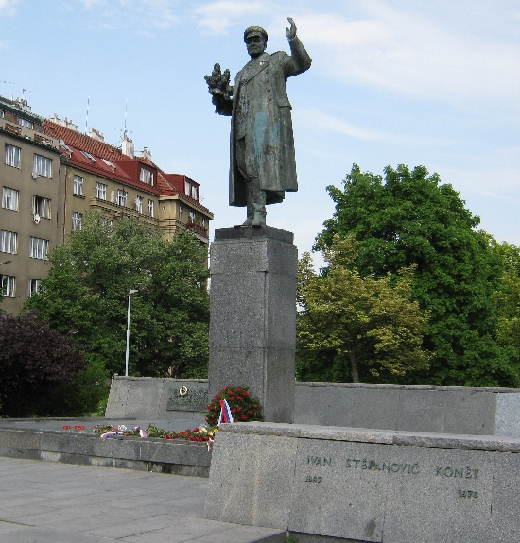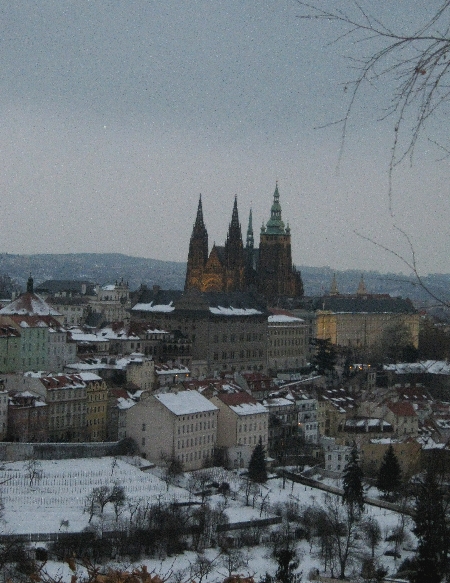
“Do you like living in Prague?” This is a question I’m frequently asked by Czech people once they discover that I’m not a tourist but that I’ve actually chosen to live and work here. Many Czechs cannot understand why someone from Western Europe might actually want to come and permanently reside in their country.
The same question is also frequently posed by English-speaking visitors who join us for worship at St. Clement’s Anglican Episcopal Church and by family and friends when they write or speak with me. So for my first post of 2011, I’m going to set out some of the reasons why I enjoy living particularly here in Prague and more widely in the Czech Republic. Some of these I’ve mentioned in previous posts so there are an inevitable number of links to things I’ve written previously in this blog.

Public Transport
Prague has the most wonderful public transport system consisting of buses, trams, the Metro and even a number of little ferries. Why is it wonderful? Because it is:
Incredibly cheap – Last week, Sybille and I went to renew our annual season tickets for the Prague public transport system. It cost each of us 4750 Kc – at current exchange rates, just over £160.00 / €193.00 / US$250.00. For this sum we can travel anywhere in Prague, at any time, for a whole year! The Church reimburses me for my season ticket – we just have to pay for Sybille’s.

Integrated – Each part of the system links to the other. At Dejvicka, the current terminal of the A/Green line of the Metro and the nearest Metro station to our flat, you walk out of the station and immediately in front of you is place where buses depart to take you out further into the suburbs or to the airport. The Dopravní podnik hravního mesta Prahy or dpp for short, have a wonderful website that speaks Czech, English and German. Put in the starting point of your journey and your destination, the time you either want to start or arrive and then click. Out comes a journey plan with times, where to transfer from one form of transport to another, etc.
Frequent – If you know where you are going and you are travelling on a weekday between 07.00 and 19.00, there is no real need to visit the dpp website. Once you reach your point of departure you will only need to wait a few minutes at the most. Even on Sunday mornings, there is a tram every twenty minutes which will take us from the Podbaba tram terminus near our flat, all the way to Dlouhá Trída, just around the corner from St. Clement’s Church.
Reliable – there is a timetable and nearly always, it is adhered to. Sometimes buses and trams do get delayed by other vehicular traffic, but usually only at peak periods. And when it snows, everything keeps running – it doesn’t grind to a halt as in Britain.
It isn’t just within the city of Prague. The Czech Republic, along with Slovakia, has the densest rail network of any country in the whole of Europe. One member of my congregation lives in Milovice, about 50 km from the centre of Prague. But in 45 minutes, he can travel by train into the city centre and then have a 10 minute walk to Church. I don’t exactly know what his rail fare is for the return journey but he assures me it is extremely reasonable.

Eating and Drinking
Prague has an abundance of bar-restaurants. And provided you avoid the expensive tourist traps in the city centre, ‘eating out’ can be remarkably inexpensive. As I’ve written previously, some single people tell me that it is often cheaper for them to ‘eat out’ rather than buy food from the supermarket and cook for themselves.

The photo on the left is of U Topolu which, since it’s refurbishment in July 2010, has become our favourite local place to eat and drink. A main course here, even with a side dish, costs no more than 150 Kc / £5.00. The quality is excellent and portions are generous.
The further great attraction at U Topolu is the beer. As well as Pilsner Urquell and Gambrinus, they have Kozel beer, directly from the tank. It is light, fresh and costs 26 Kc for half a litre. In British terms that is under £1.00 a pint! What more do I need to say?
Architecture and Buildings
As I’ve previously written, Prague suffered remarkably little structural damage during the Second World War. And whilst many historical buildings suffered years of neglect during the Communist era, since 1989, great effort has been put into restoration. What is really pleasing is how well restoration work has been done.

This photograph is of a building just around the corner from where my dentist has her surgery in the suburb of Vinohrady. It consists of residential flats on four floors with retail outlets on the ground floor level. But as you can see, all the intricate detail above the windows on each level has been lovingly restored, together with the ironwork that forms the railings to each balcony. Likewise, the render on the outside of the building has been repaired before being attractively painted.
These buildings are typical of those which form much of the inner suburbs of Prague. Yes – there are still ones like these that are crumbling. But increasingly they are a minority. And rather than wholesale demolition, buildings like these are being preserved and their interiors sympathetically modernised.
I could write and illustrate several blog posts about the architecture of Prague which I promise I will do during the coming months. But for the time being, just let me say that walking the streets of the centre of Prague, together with the inner city suburbs, is always a delight to the eyes.
Not too big but not too small
Prague only has a population of about 1.3 million people. Therefore, as cities go, it is relatively small meaning that the nearby countryside can be easily reached. Yet because it is the capital of the Czech Republic, (10.3 million population), it has all the assets and facilities of a capital city.
There are many more things that I could list as to why I like living here in Prague, but this post is probably long enough already. And yes – there are also a small number of things that I don’t like. But they are minor irritants compared to the joy of living in this delightful city.

